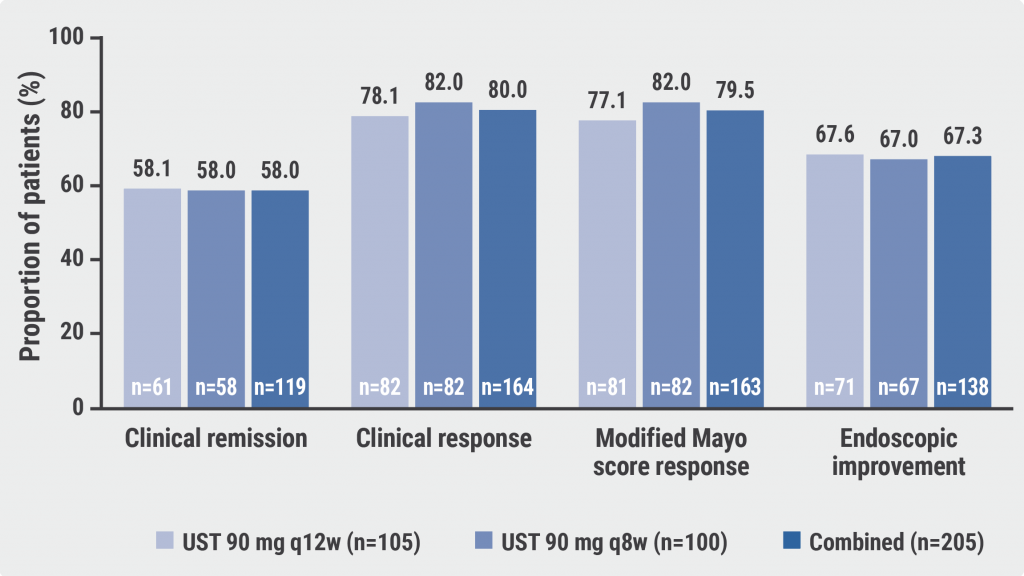https://doi.org/10.55788/e0ad6856
Although previous studies have already shown that patients with OA have a higher risk of developing comorbidities, many focused on only 1 or a few conditions. As Dr Anne Kamps (Erasmus University Medical Center, the Netherlands) pointed out, 1 in 4 adults with OA has ≥2 chronic conditions, which is a considerable burden on the healthcare system and the quality-of-life [1]. “We wanted to determine the risk of comorbidity after incident diagnosis of hip or knee OA compared with individuals with no prior diagnosis of OA,” said Dr Kamps. Together with her team, she used an integrated primary care information database from general practices with >2.5 million patients from the Dutch population.
The study population consisted of over 1.8 million patients and examined 58 comorbidities. Overall, patients previously diagnosed with OA had an increased risk of a subsequent diagnosis in about 50% of comorbidities studied. Moreover, the wide variety of comorbidities included not only known cardiovascular factors, such as obesity or other musculoskeletal diseases such as gout, back and neck pain, but also anaemia, cataracts, chronic kidney disease, coronary heart disease, hearing loss, sleep disorders, and thromboembolic disease. In OA patients, the largest associations were found for obesity (HR 2.55), fibromyalgia (HR 2.06), polymyalgia (HR 1.72), drug abuse (HR 1.40), and rheumatoid arthritis (HR 1.52). Particularly in patients with hip OA, the largest positive associations were noticed with polymyalgia rheumatica (HR 1.81), fibromyalgia (HR 1.70), spinal disc herniation (HR 1.64), thromboembolic disease (HR 1.47), and alcohol abuse (HR 1.44).
“Whereas associations with obesity and other musculoskeletal conditions were known previously, we found remarkable and less known associations that should be starting points for future research,” Dr Kamp said. Further studies should evaluate whether these comorbidities are prevalent due to shared risk factors or a result of the OA.
- Kamps A, et al. Risk of comorbidity following osteoarthritis diagnosis: a cohort study in the Netherlands from the FOREUM* Initiative. OP0225, EULAR 2022 Congress, 1–4 June, Copenhagen, Denmark.
Copyright ©2022 Medicom Medical Publishers
Posted on
Previous Article
« Body mass index increase associated with structural changes in knee OA Next Article
New treatments in osteoarthritis »
« Body mass index increase associated with structural changes in knee OA Next Article
New treatments in osteoarthritis »
Table of Contents: EULAR 2022
Featured articles
Late-Breaking Oral Abstracts
TYK2 inhibition: the future of treating lupus erythematosus?
Psoriatic arthritis: significant improvement with bimekizumab
Baricitinib could open the door to oral treatment for juvenile idiopathic arthritis
Sarilumab for polymyalgia rheumatica led to sustained remission and fewer flares
Spotlight on Rheumatoid Arthritis
Comorbid depression comes with a profoundly higher mortality risk in RA
Preventive treatment with methotrexate benefits pre-RA patients with arthralgia
Risk factors for dementia in RA patients discovered
VTE in global registry data more common in JAK inhibitor-treated RA patients
Spondyloarthropathies – Novel Developments
How to treat enthesitis in 2022
Baseline cardiovascular risk linked to higher rates of MACE in PsA and PsO patients receiving tofacitinib
Treat-to-target dose reduction effective in spondyloarthritis
A novel oral treatment possibility for non-radiographic axSpA on the horizon
Many RA and PsA patients have problems with their sex life
What Is Hot in Osteoarthritis?
New treatments in osteoarthritis
OA associated with alcohol and drug abuse
Body mass index increase associated with structural changes in knee OA
What Is New in Lupus and Scleroderma
Inhibition of Bruton’s tyrosine kinase: a new way of approaching SLE?
Pregnancies in SLE: many complications for mothers and their unborn children
Lupus nephritis: Efficient treatment may reduce the risk of kidney disease advancement
Antifibrotic therapy with nintedanib is beneficial for patients with negative prognostic factors
Best of the Posters
Alarmingly low activity in patients with non-inflammatory and inflammatory rheumatic disease
High prevalence of fibromyalgia in patients with inflammatory bowel disease
© 2024 Medicom Medical Publishers. All rights reserved. Terms and Conditions | Privacy Policy
HEAD OFFICE
Laarderhoogtweg 25
1101 EB Amsterdam
The Netherlands
T: +31 85 4012 560
E: publishers@medicom-publishers.com


